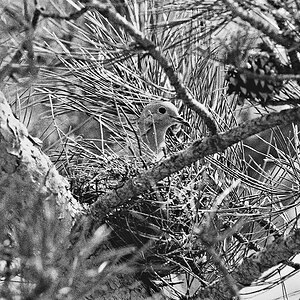Compaq
Been spending a lot of time on here!
- Joined
- Aug 29, 2010
- Messages
- 3,400
- Reaction score
- 657
- Location
- Norway
- Can others edit my Photos
- Photos OK to edit
I tried printing with fiber paper, and I felt it was better and easier to use. My prints are still flat, though. I think I could get better results if I opened up the aperture on the enlarger. I was at f/11 for 10 seconds, possibly 5 minutes in dev, two minutes in running water and three minutes in fix. 4 minutes in running water for wash.
It became better with time, so I'm improving. Not quite where I'm really happy with a print yet, though.
It became better with time, so I'm improving. Not quite where I'm really happy with a print yet, though.


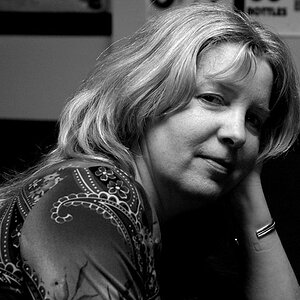
![[No title]](/data/xfmg/thumbnail/32/32700-18534997be82e5150c566a9e67a00471.jpg?1619735602)
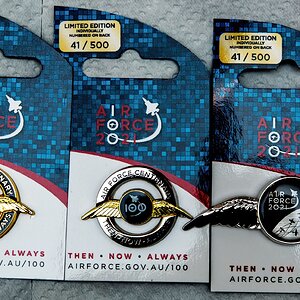
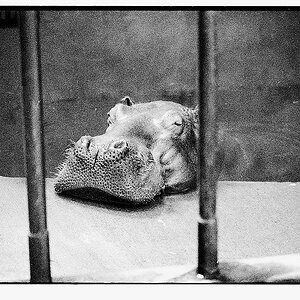
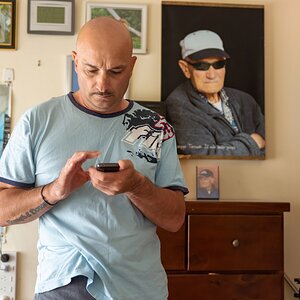

![[No title]](/data/xfmg/thumbnail/32/32701-51bacbc6ea9d40683123c14f053d4742.jpg?1619735603)


